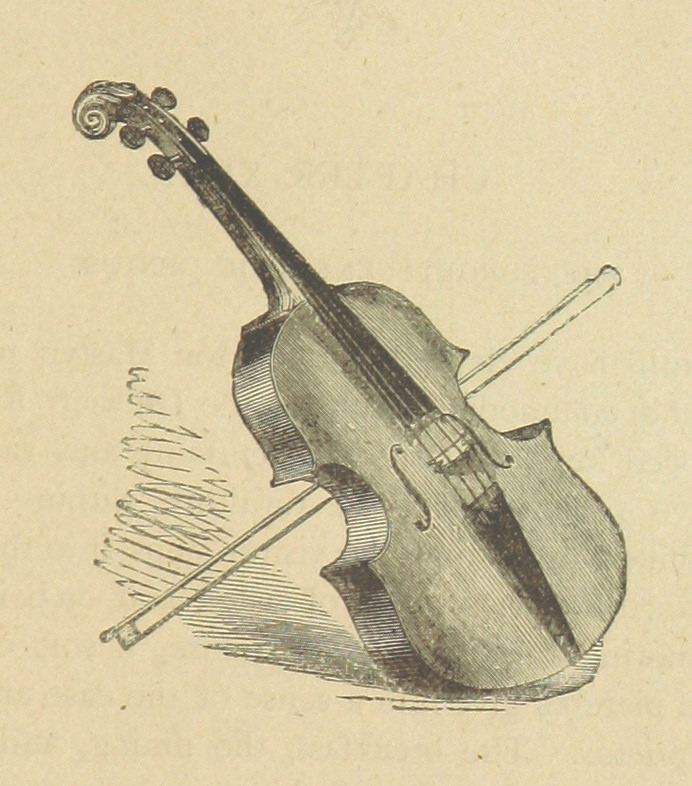|
Teaching vibrato is one area where I feel I can never have enough resources. In this article, I share the two exercises I use to introduce students to the movements involved in creating vibrato. However you choose to apply vibrato, and the historical issues involved, are another discussion - but I do think that students should be able to play with a constant vibrato as a first step, developing a more varied approach to its application later.
Polishing / dusting the fingerboard This exercise develops the up and down movement made by the hand in vibrato, and it is often the first introduction I offer to vibrato.
Oscillations in time
1 Comment
|
Bonnie's Cello BlogThoughts on music learning and teaching, handouts and more. I also blog on a range of other issues as diverse as writing, renovating and cooking, click here! Hire me to writeArchives
March 2019
Categories
All

<div class=“Bonnie’s blog-button" style="width: 150px; margin: 0 auto;">
<a href="http://www.bonniesmart.com/bonnies-blog" rel="nofollow">
<img src="http://www.simplycreativehome.com/wp-content/uploads/2016/01/bonniesmart.com-cello-2.jpg" alt=“Bonnie’s blog" width="150" height="150" />
</a>
</div>
Grab this blog button!
|

 RSS Feed
RSS Feed

